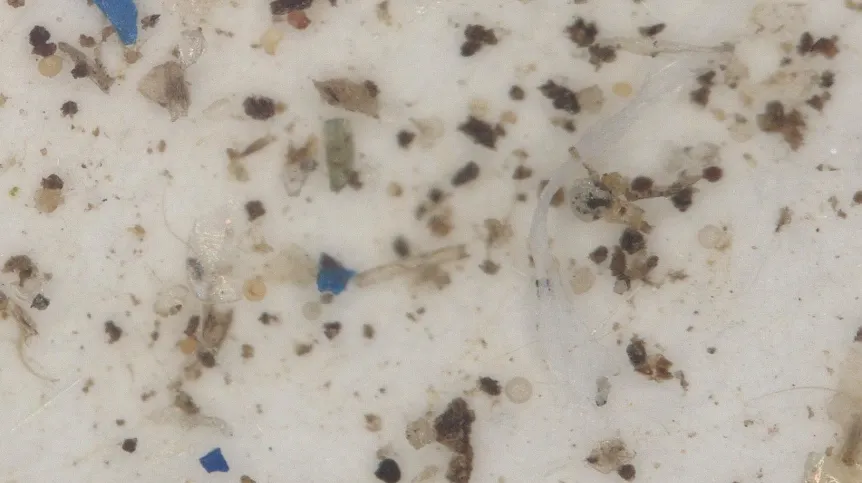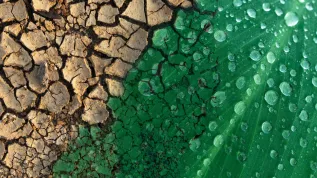
The amount of microplastics in 30 Masurian lakes investigated by scientists from the University of Bialystok is closely linked to the degree of shoreline urbanization.
Katarzyna Dziedzik, spokeswoman for the University of Bialystok said: ‘Microplastics were found in each of the 30 investigated lakes, and its amount in the water was closely related to shoreline urbanization index.’
The research was carried out as part of the doctoral studies of Wojciech Pol, under the supervision of Dr. Piotr Zieliński, the university reports.
According to the press release: ’Based on the results, hydrobiologists have developed a universal index of potential threat of microplastic pollution in lakes based on the shoreline urbanization index (SUI).’
The university added that the index is able to 'select lakes that may accumulate microplastics based on the shoreline urbanization assessment.’
Water for the testing was sampled during the summer stagnation, when the waters are not mixed throughout the depths of the lakes and when thermal stratification occurs. Water was collected from lakes of various sizes and with different degrees of eutrophication, as well as different tourist use.
Wojciech Pol said: ‘From each tested lake, we took 30 litres of water from the pelagial zone, i.e. away from the shore. The sample was concentrated and then tested in our departmental laboratory, where we isolated the plastics using castor oil, filtering it on glass fibre filters (class GF/C). Then, directly on the filters, the plastic was counted, and each particle was described in terms of size, colour and form. The degree of pollution was determined as the number of microplastic fragments per litre of water.’
The researcher analysed the abundance of nutrients, hydrological characteristics of lakes, the degree of developement in the lake catchment area, the lake shoreline, as well as the intensity of tourism and the efficiency of sewage treatment plants in the area. Maps were used to assess the degree of urbanization in a given area.
He said: ‘We found microplastics in all the investigated lakes, even those located far from urban agglomerations. We also noticed that their amount was closely related to the shoreline urbanization index, and not - as we had thought - to the level of urbanization of the entire catchment.’
The press release continued: ’Research has also shown that while the morphometric parameters of the studied lakes (e.g. shape, depth, size) and their ecological parameters, such as the state of trophy, have no significant relationship with the concentration of microplastics during summer stagnation, the sequence of hydrological connections between the lakes favours the gradual accumulation of microplastics in lakes. This means that there is more and more of it in successive lakes that constitute one string connected by rivers and canals. Plastic drifts freely and moves from one water body to another.’
The research results have been published in the prestigious journal Science of The Total Environment (DOI: 10.1016/j.scitotenv.2023.163426). (PAP)
PAP - Science in Poland, Izabela Próchnicka
kow/ bar/ kap/
tr. RL













